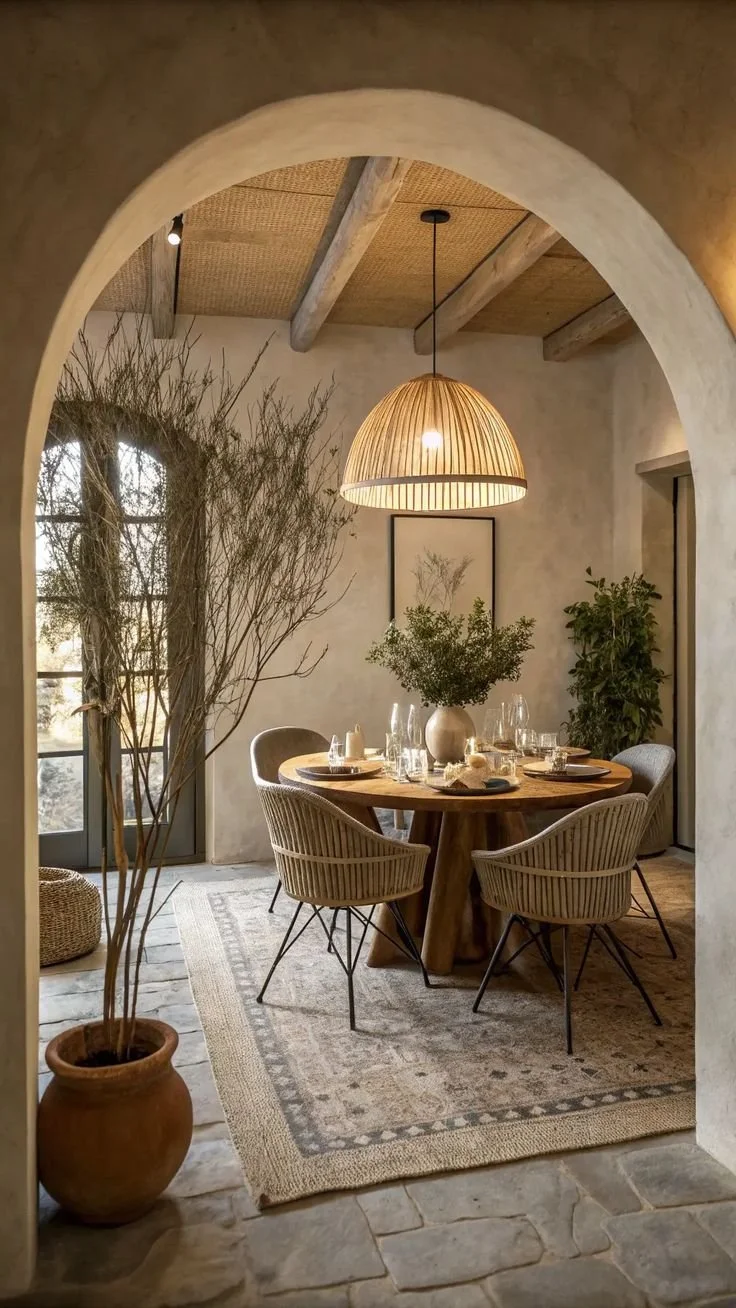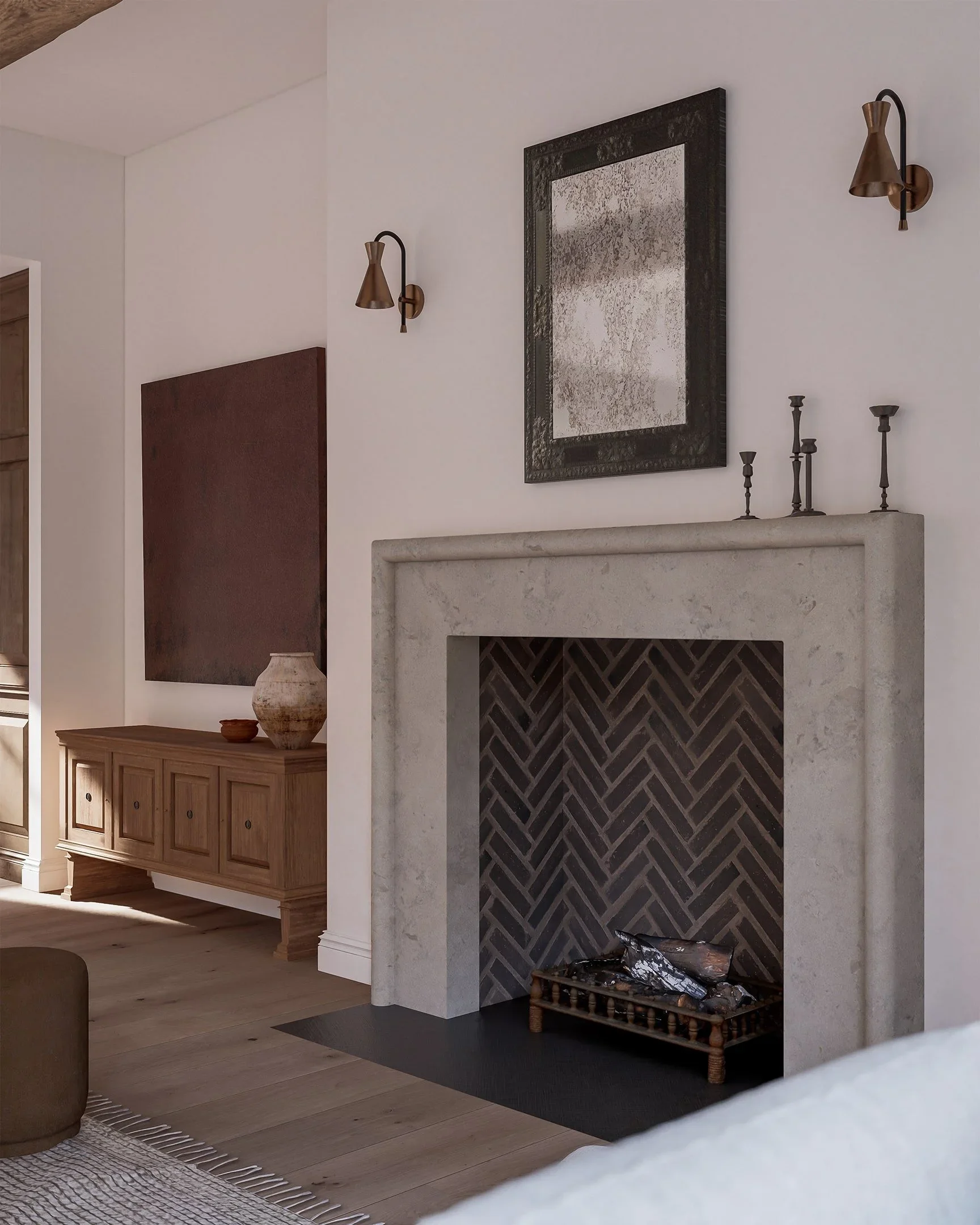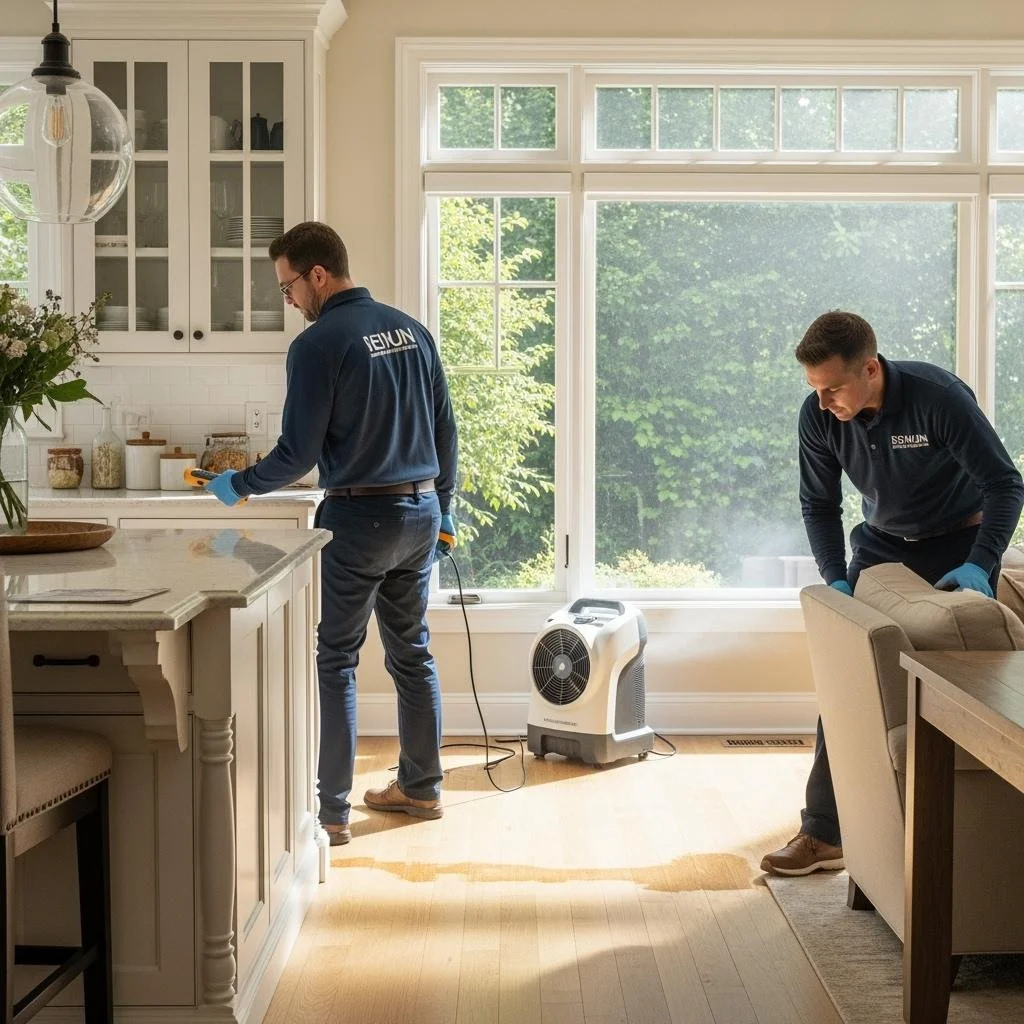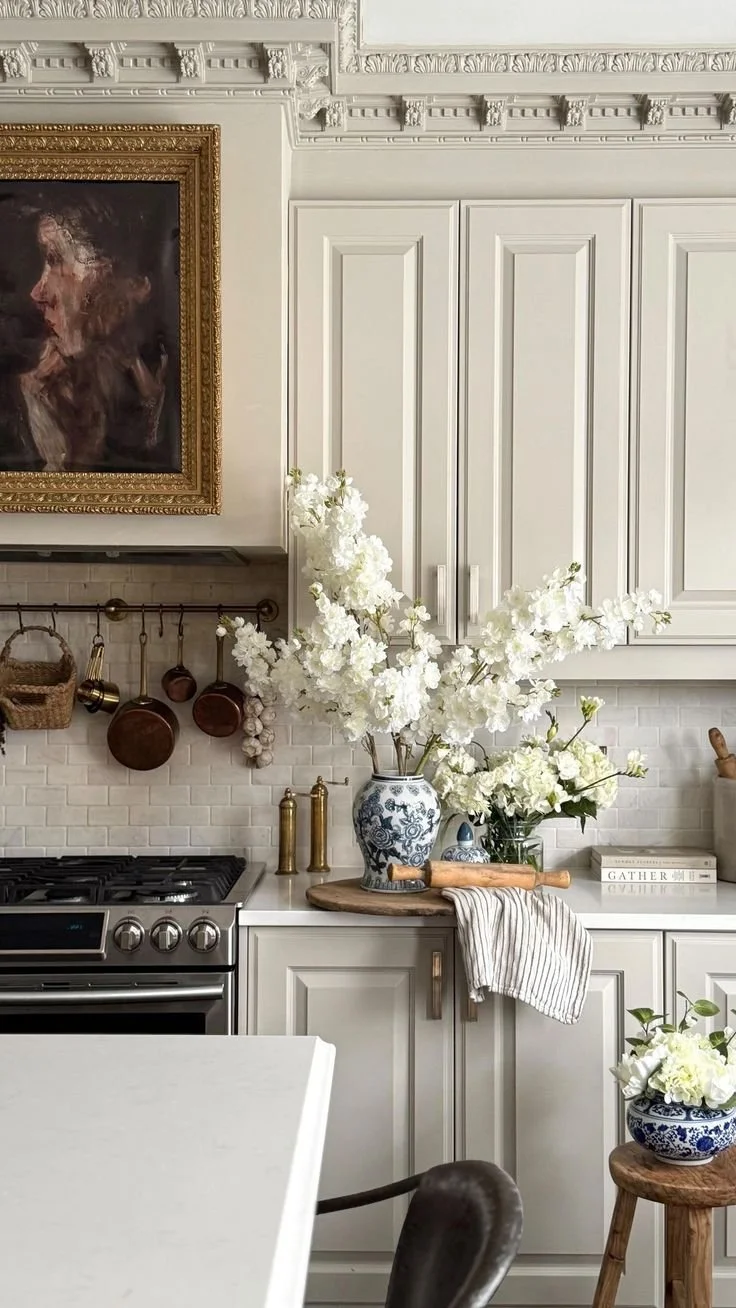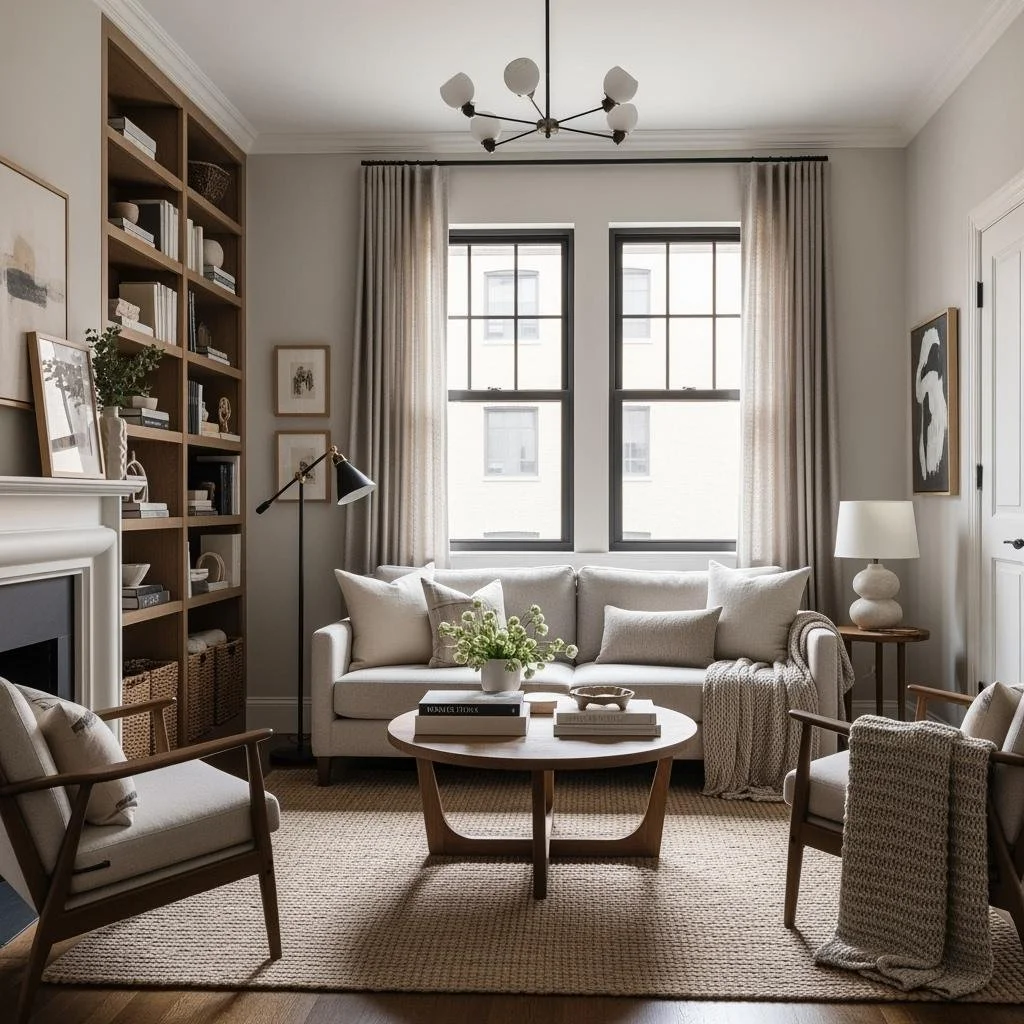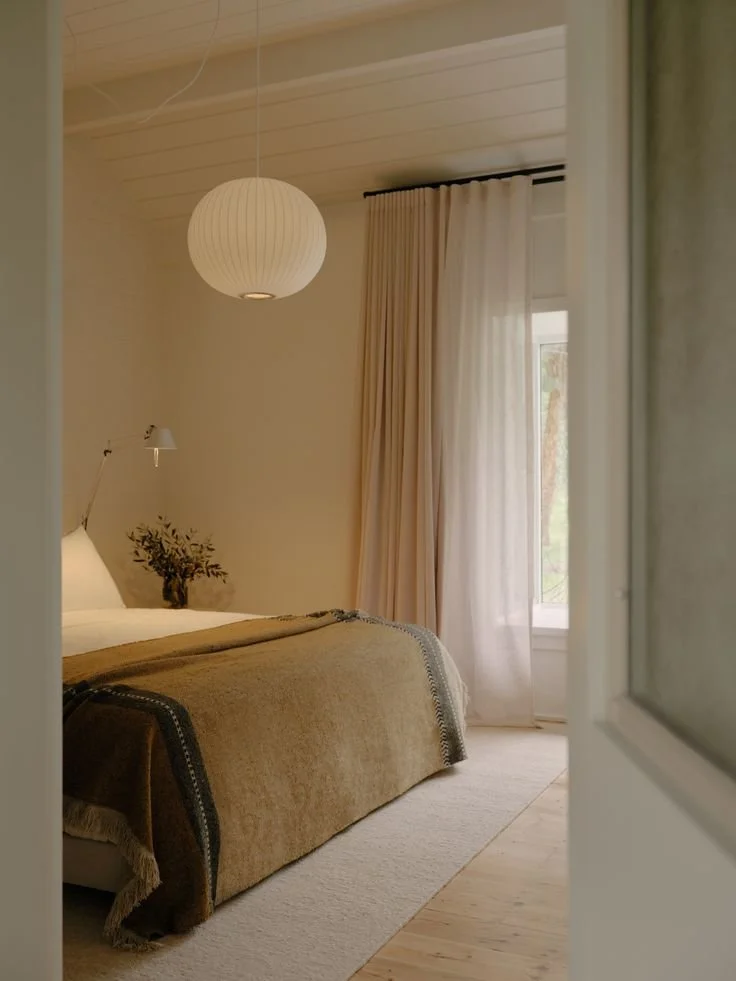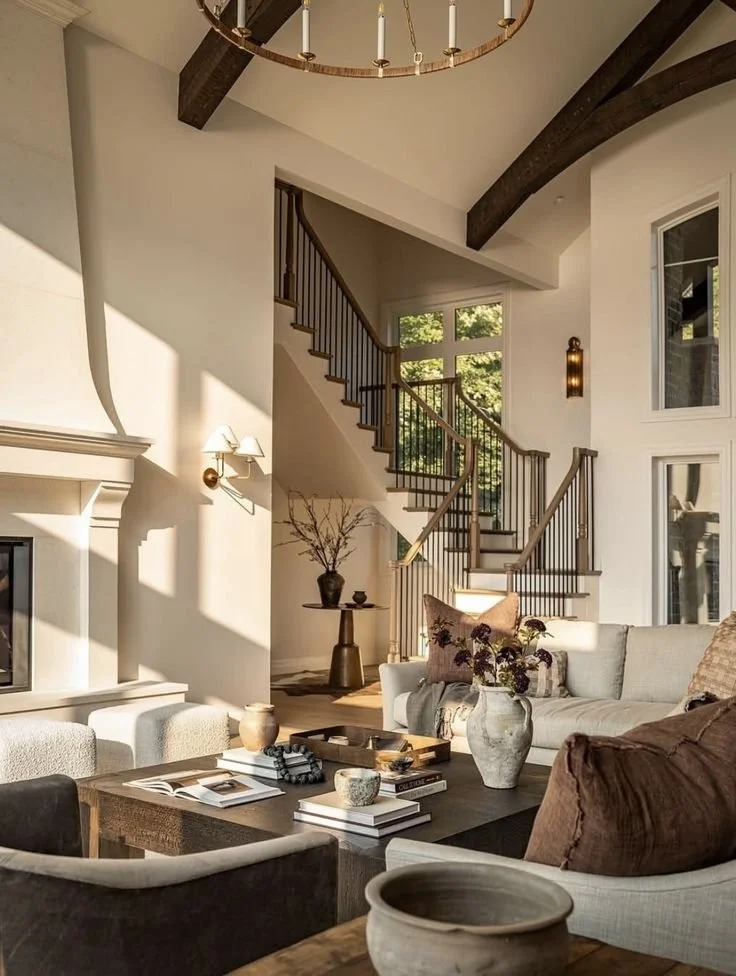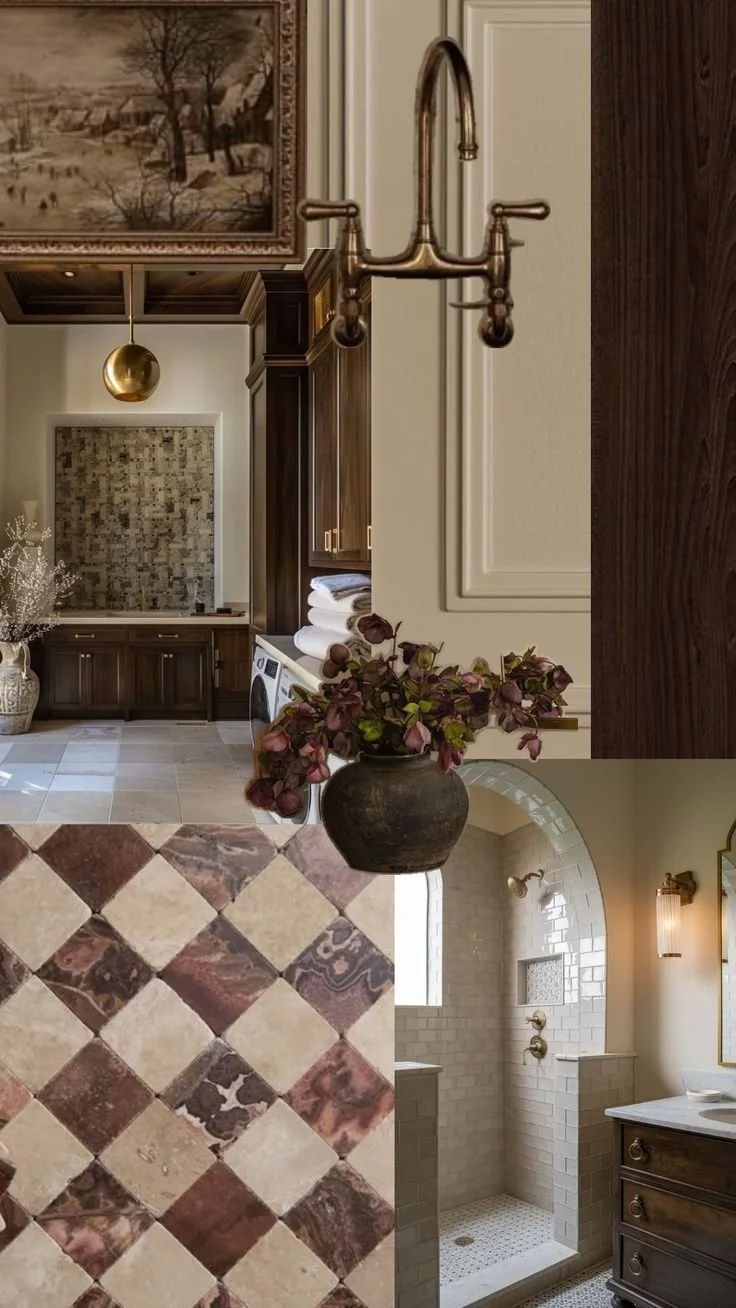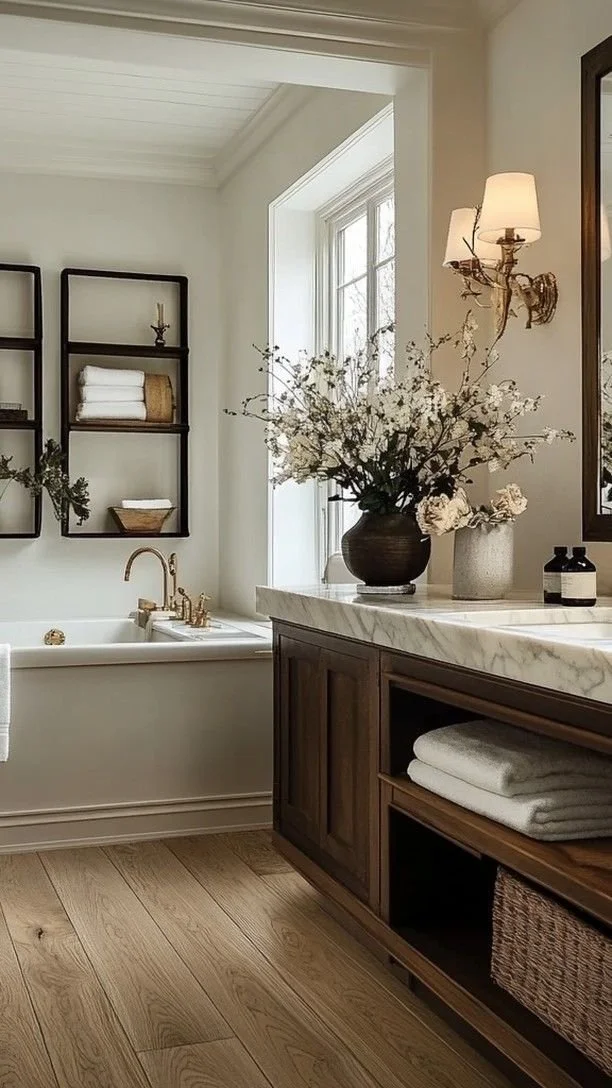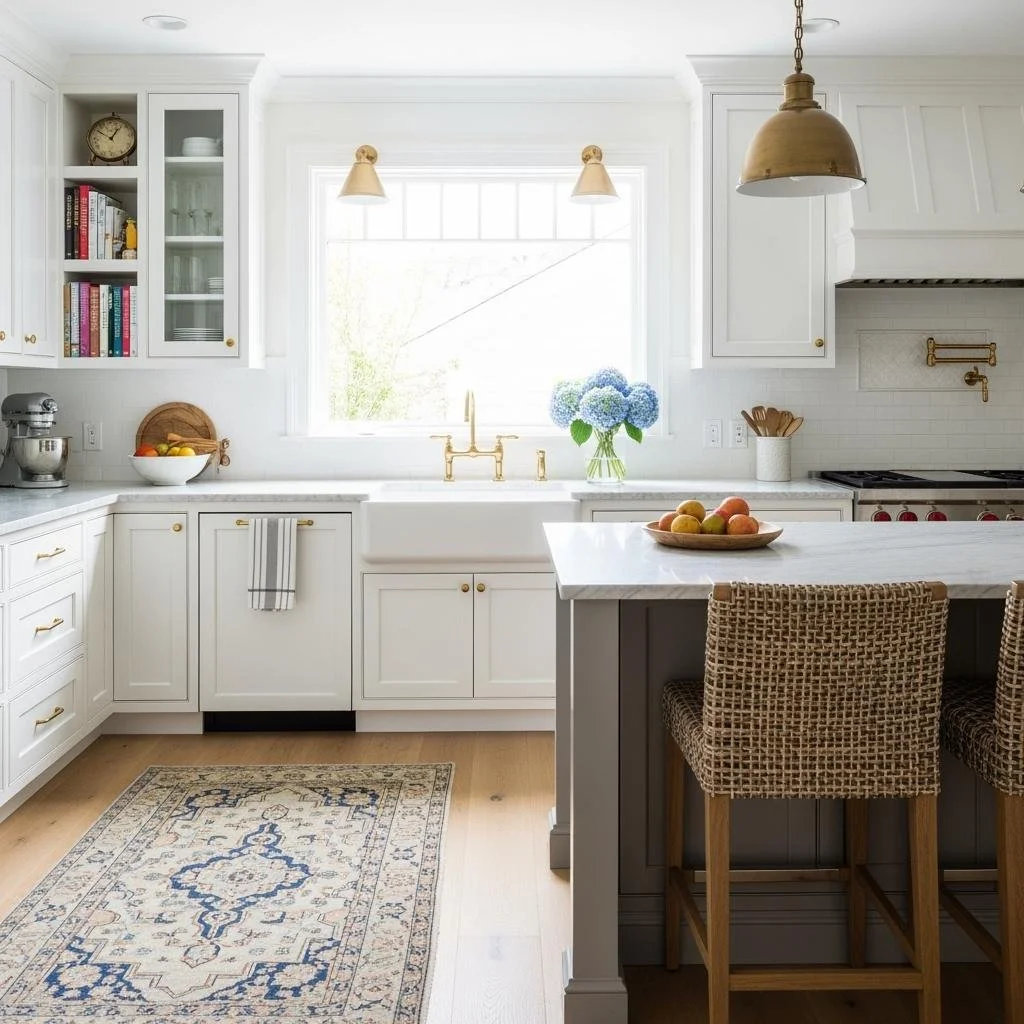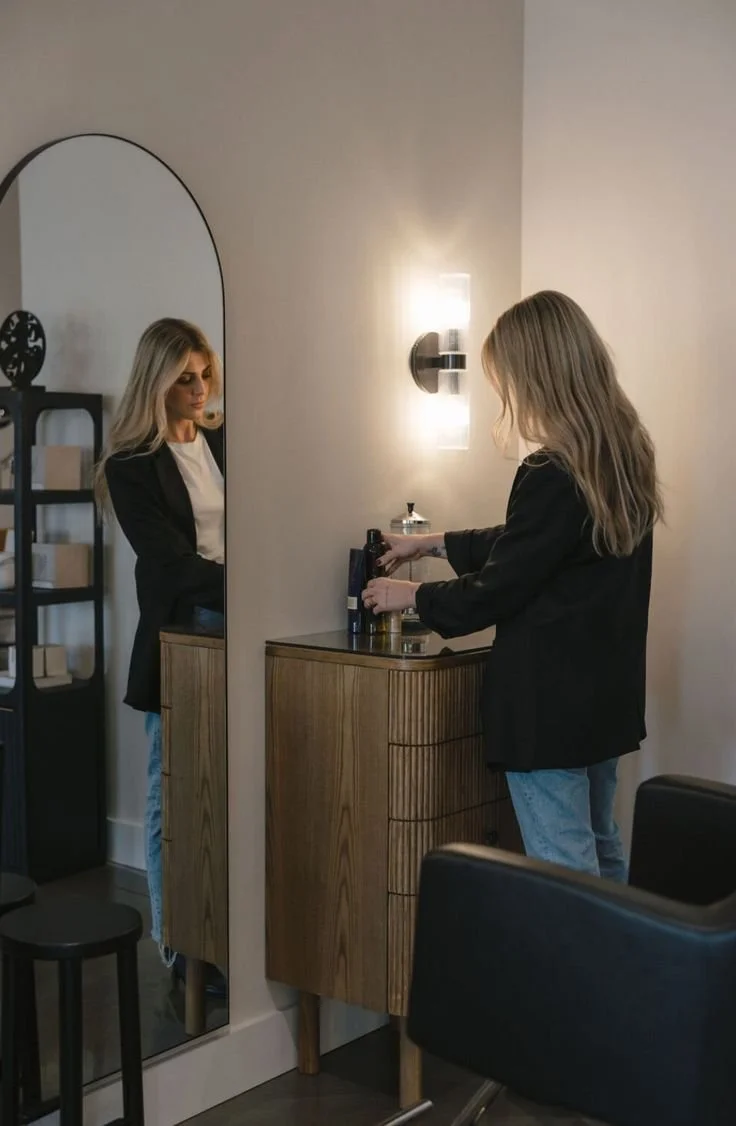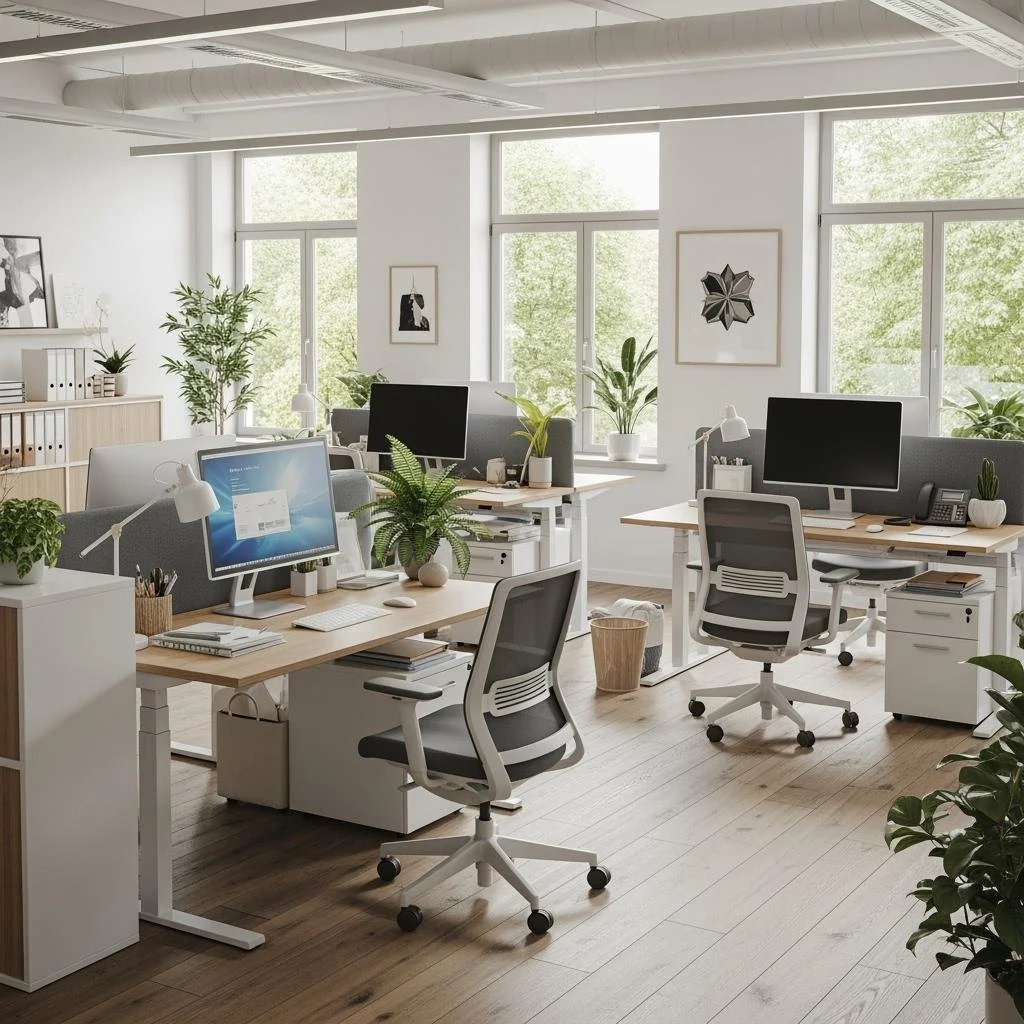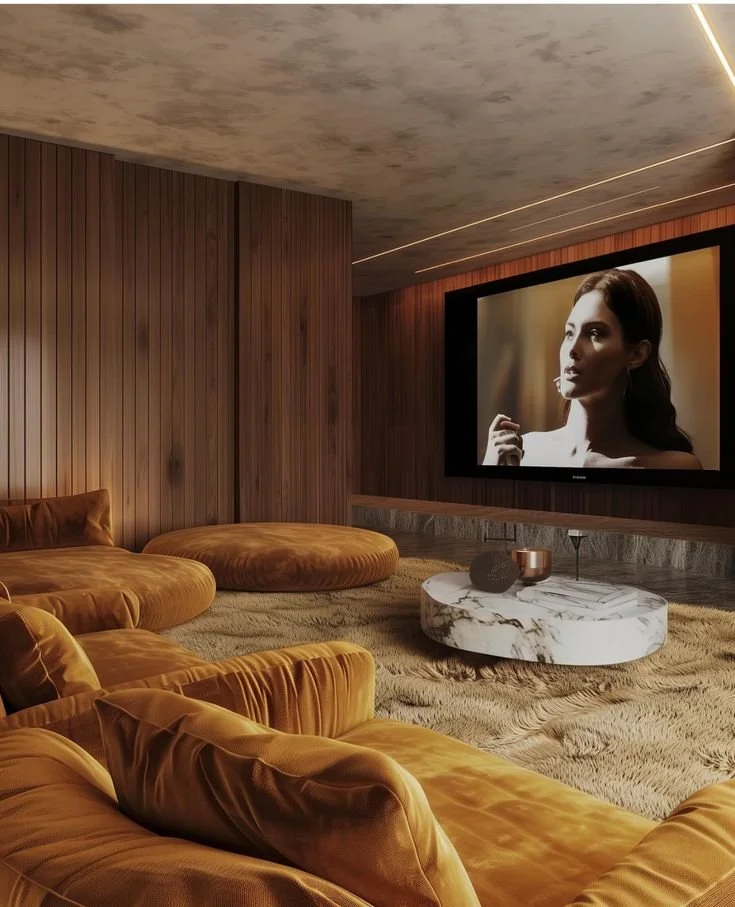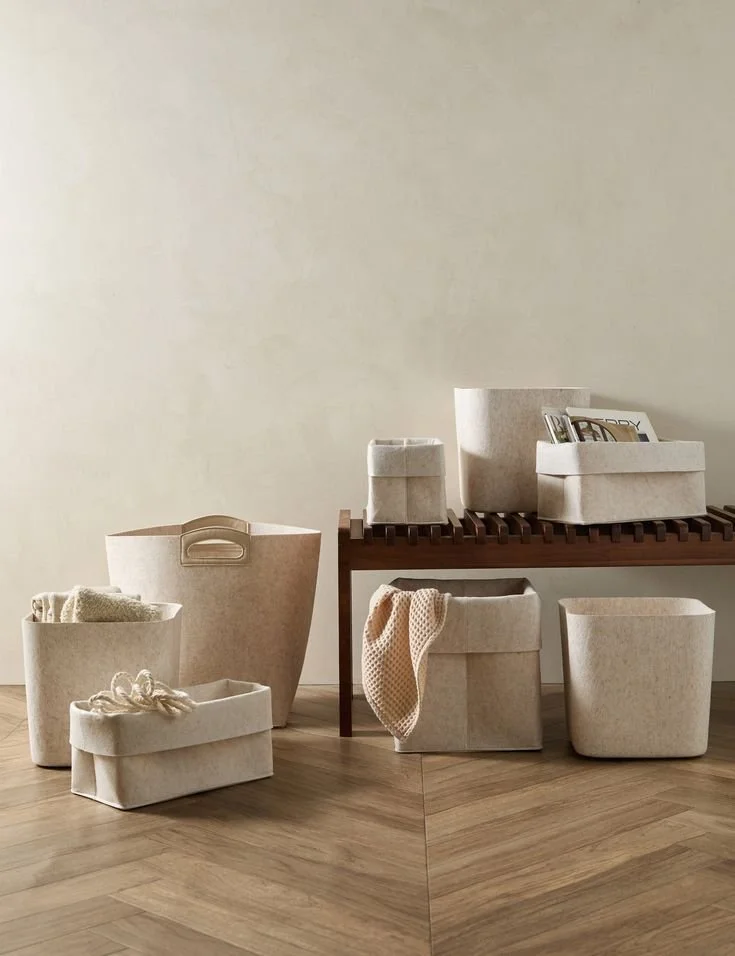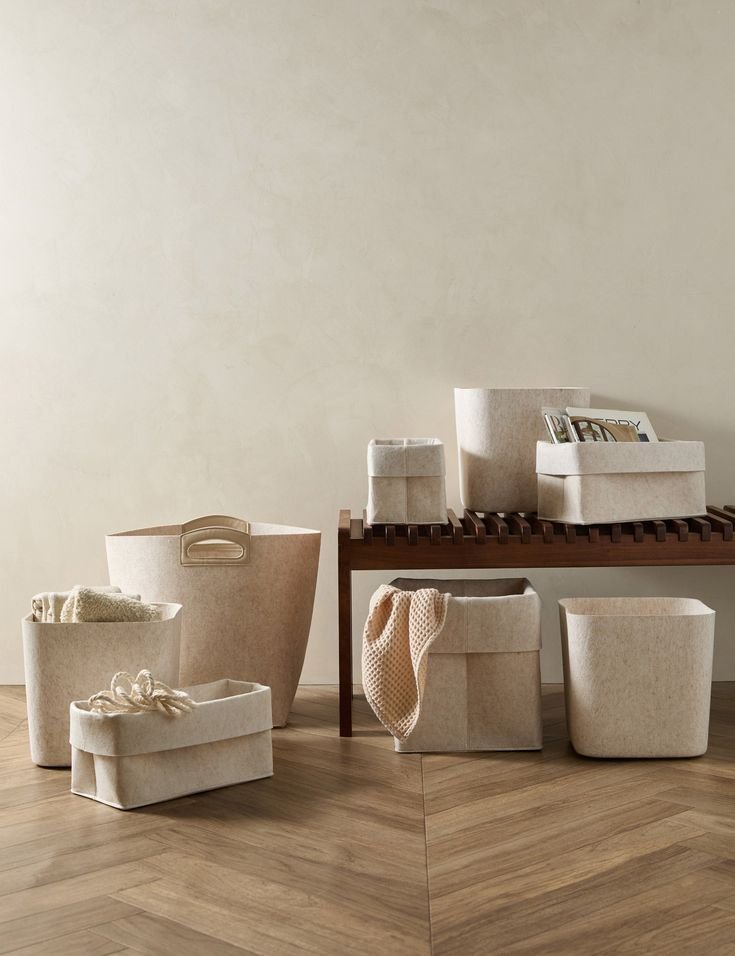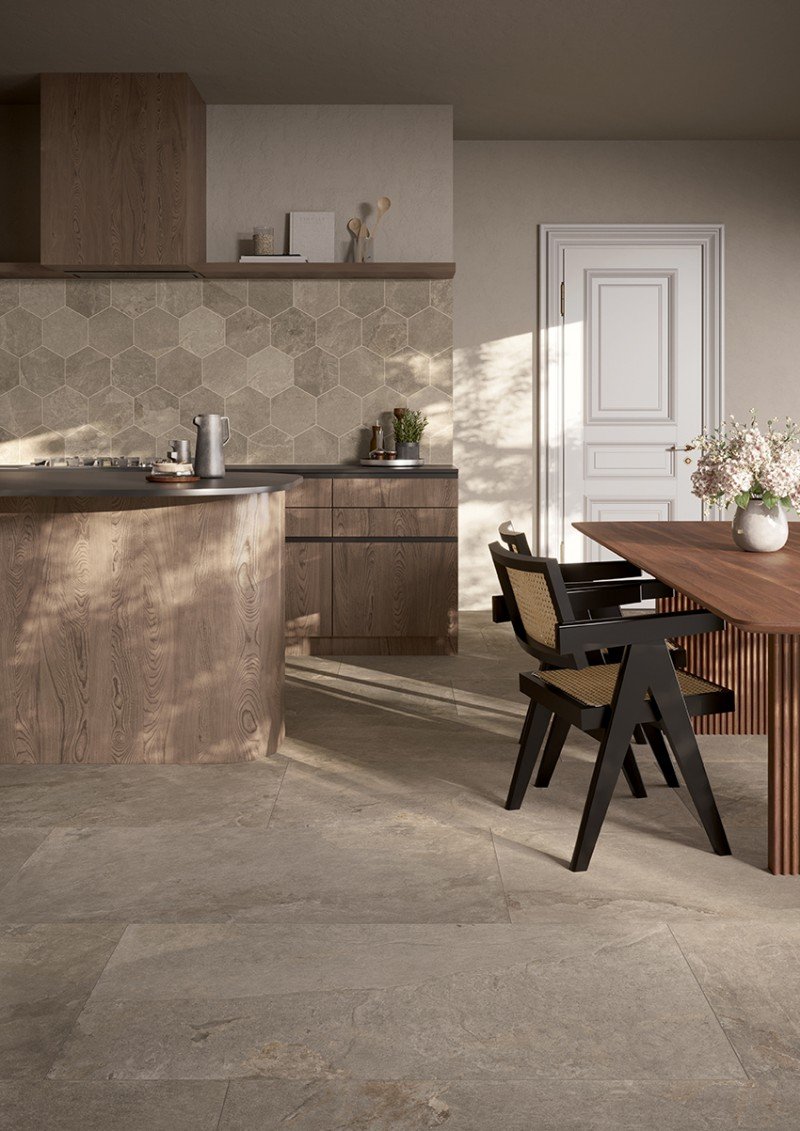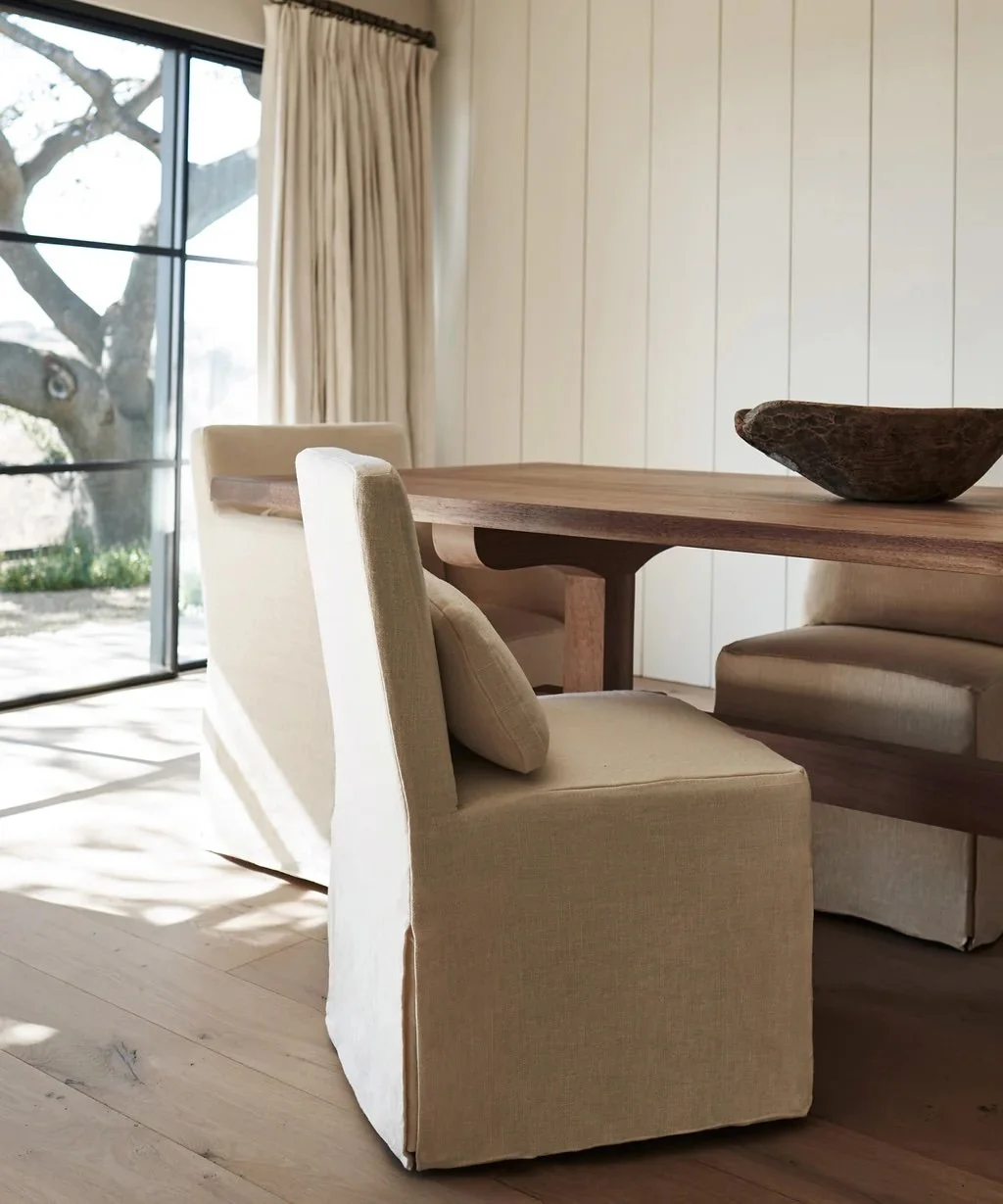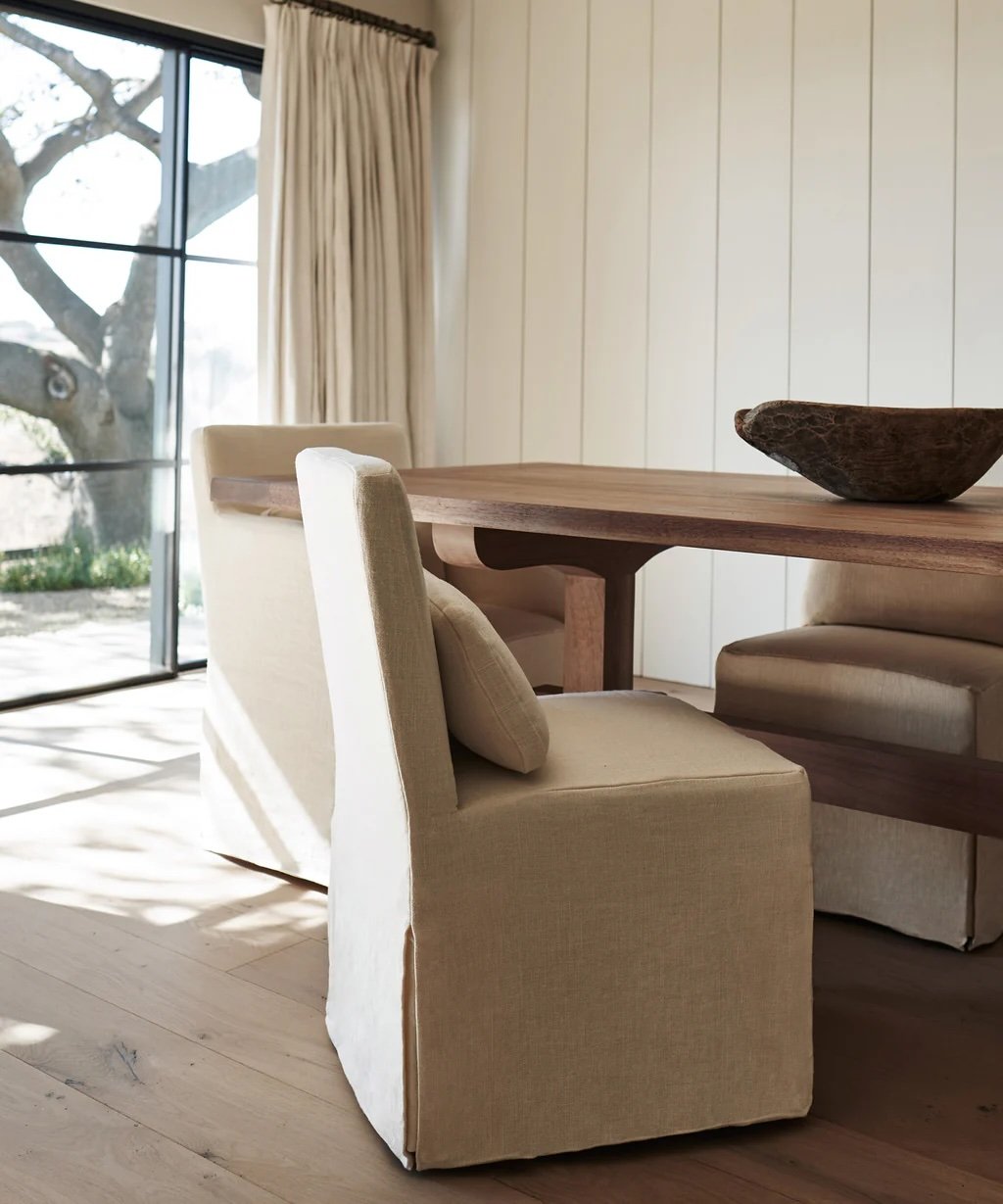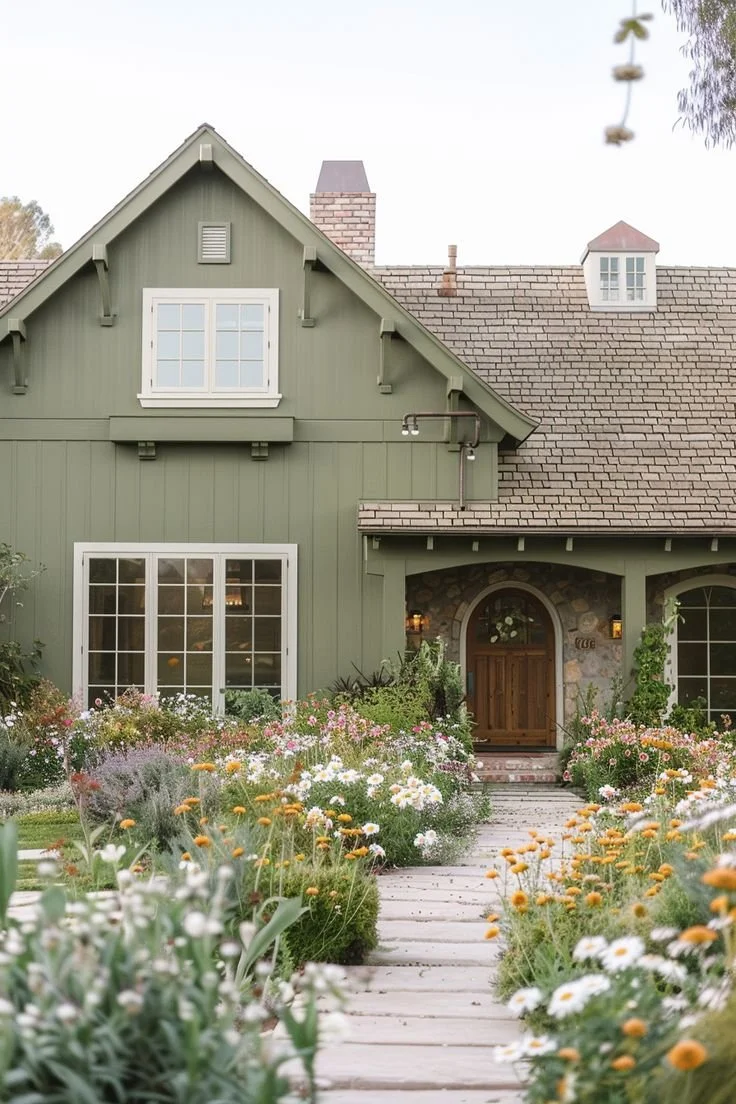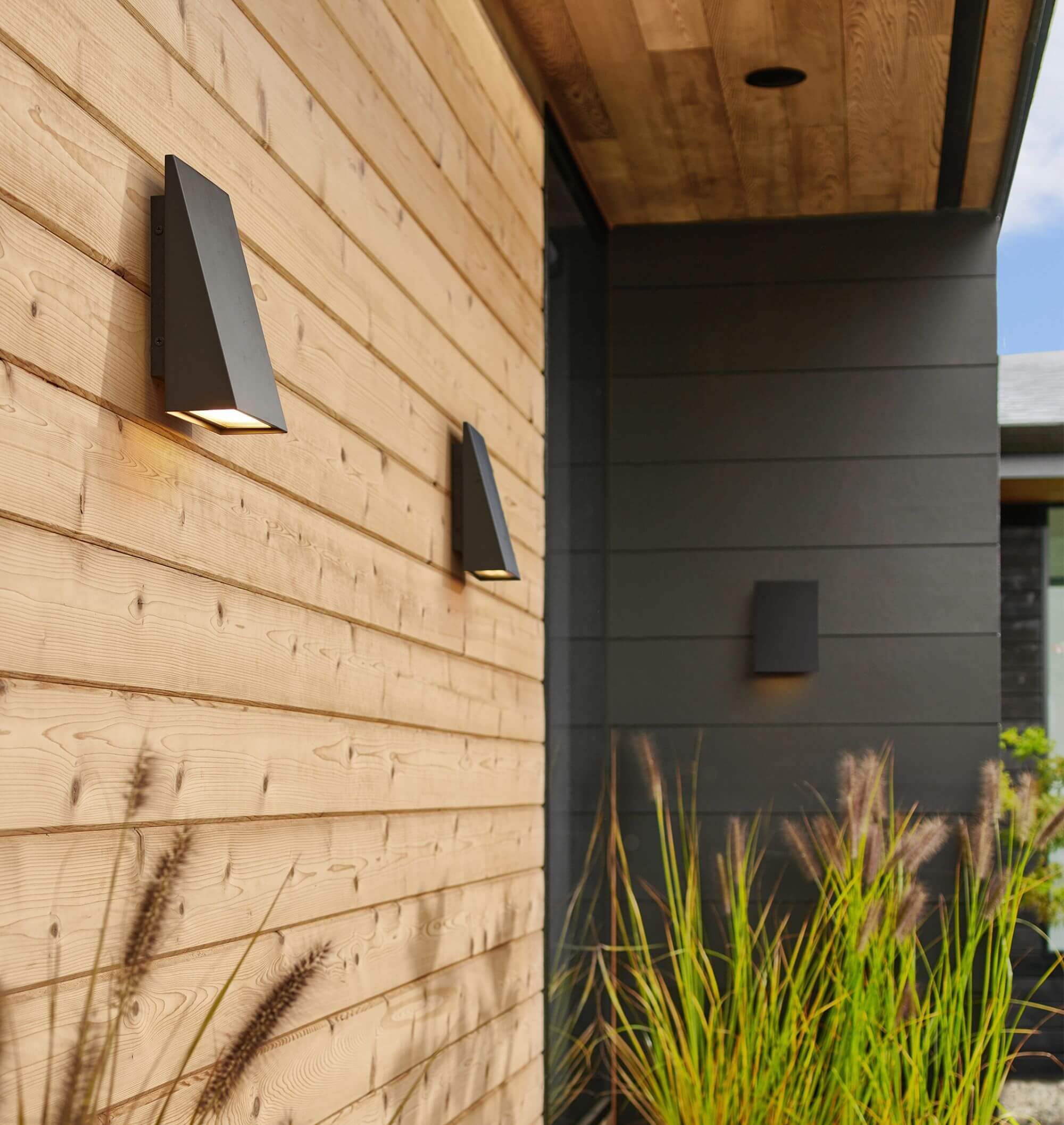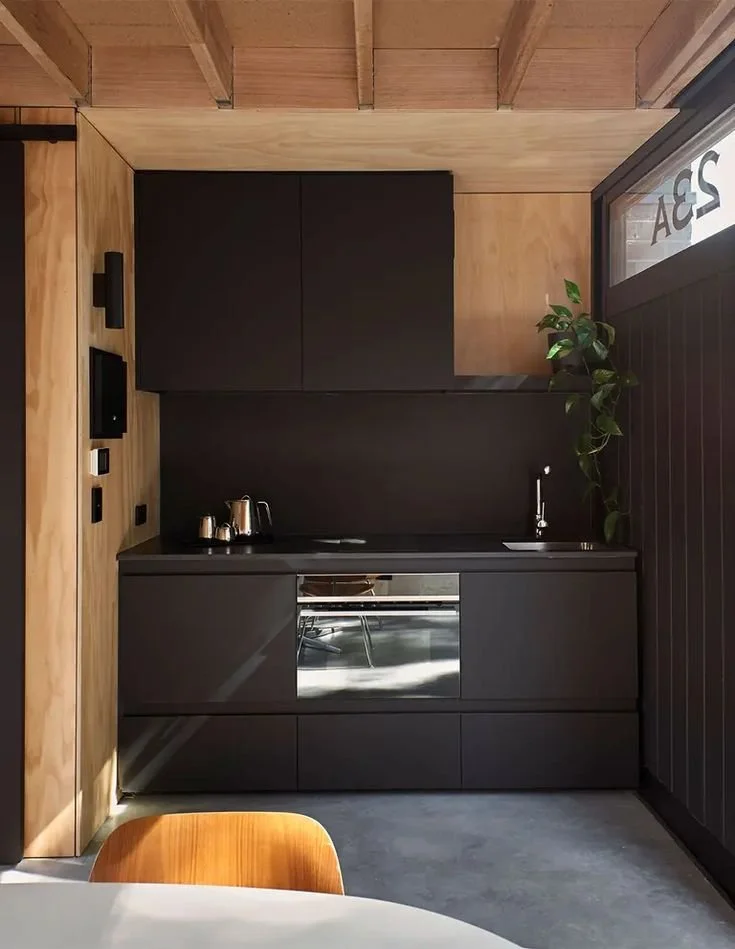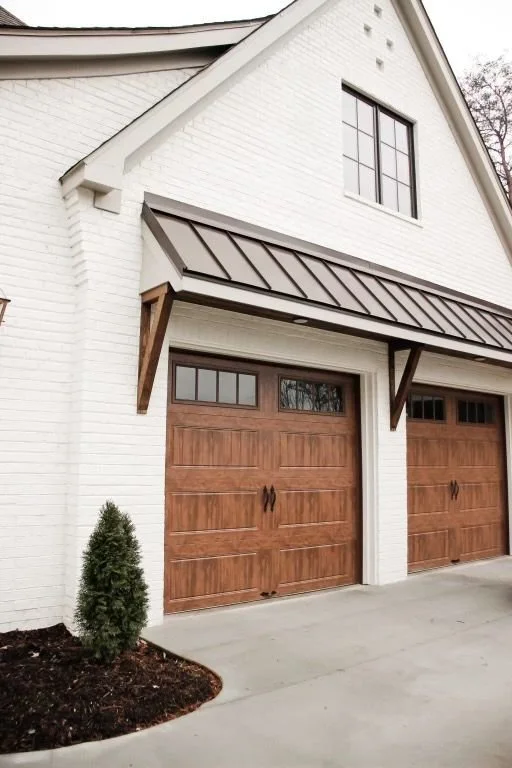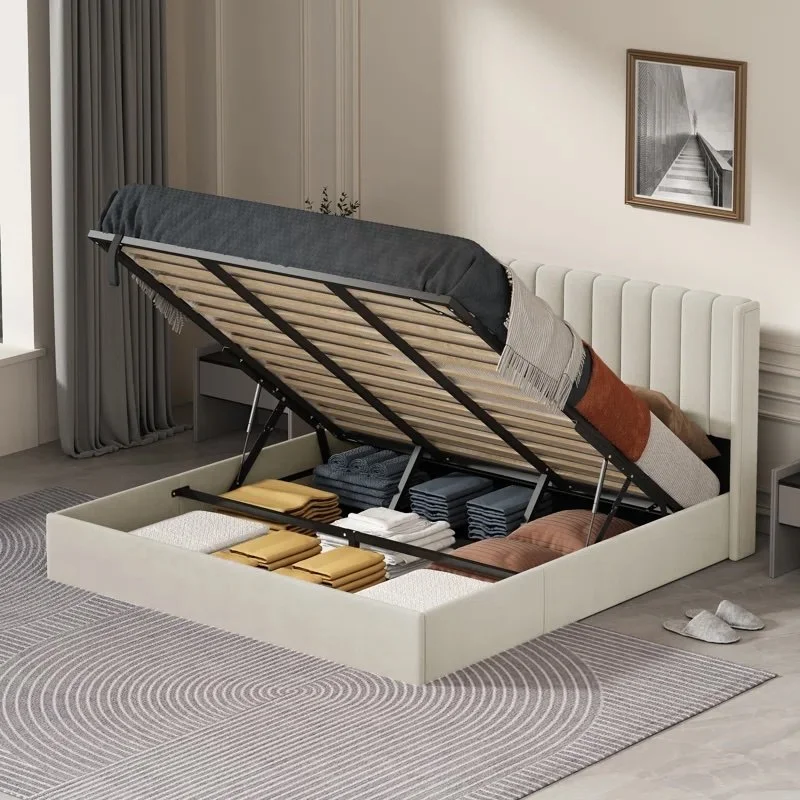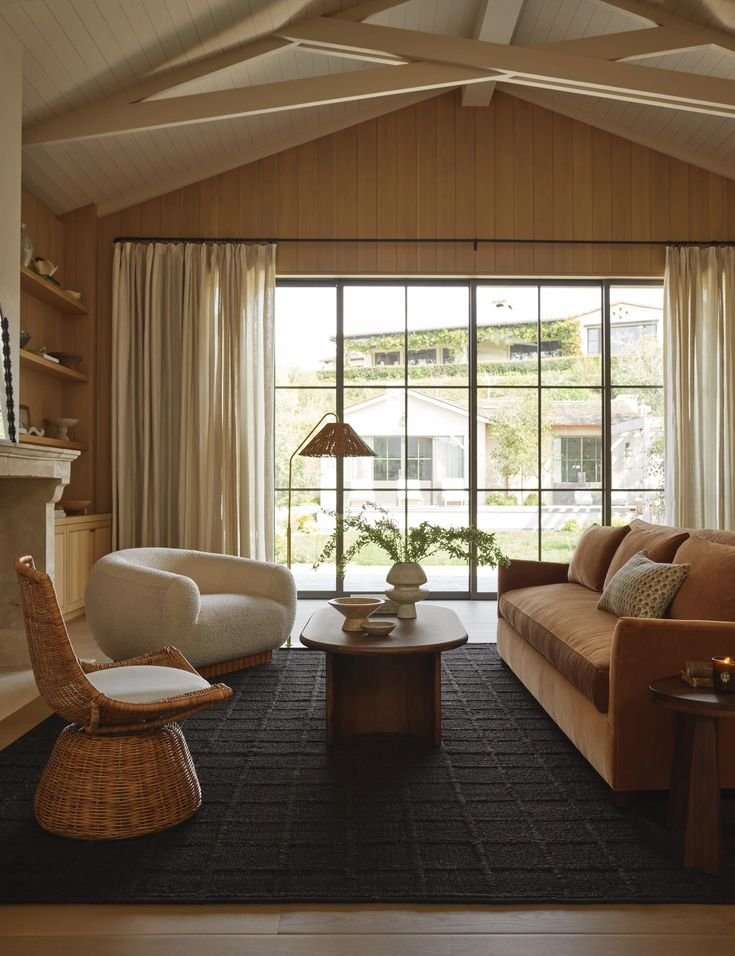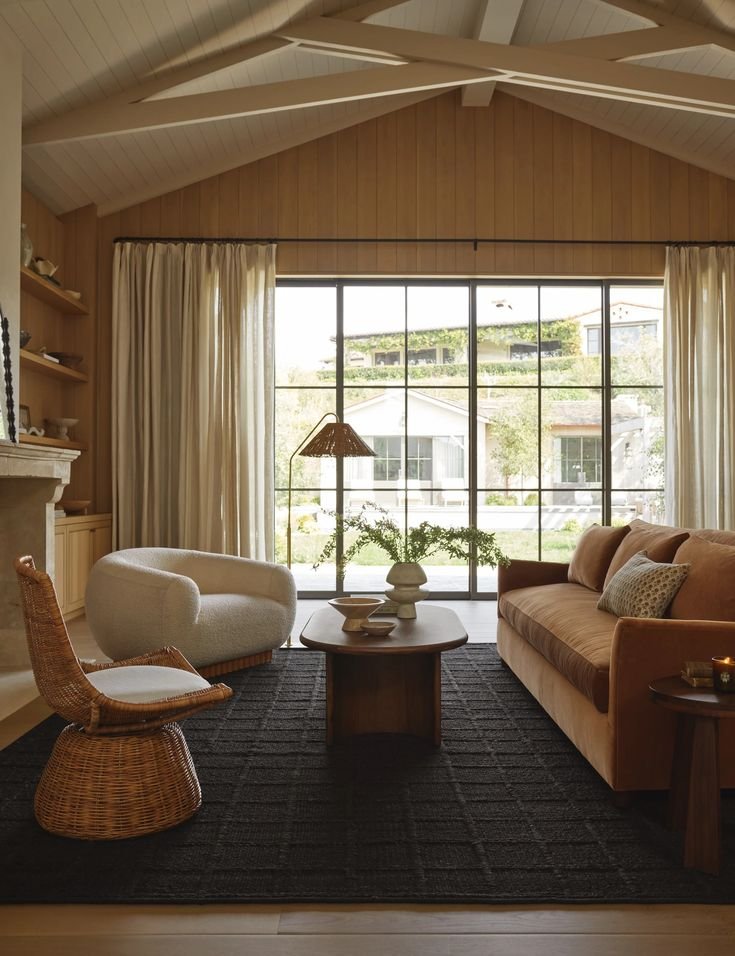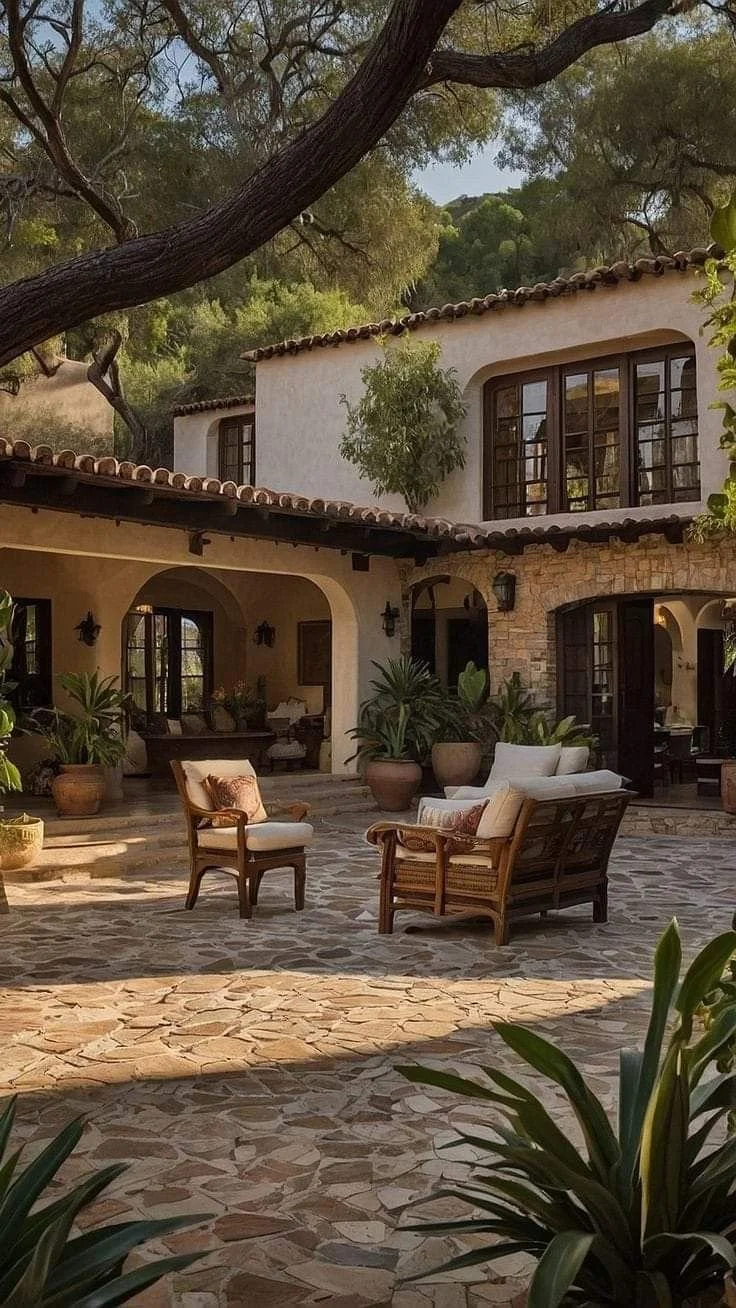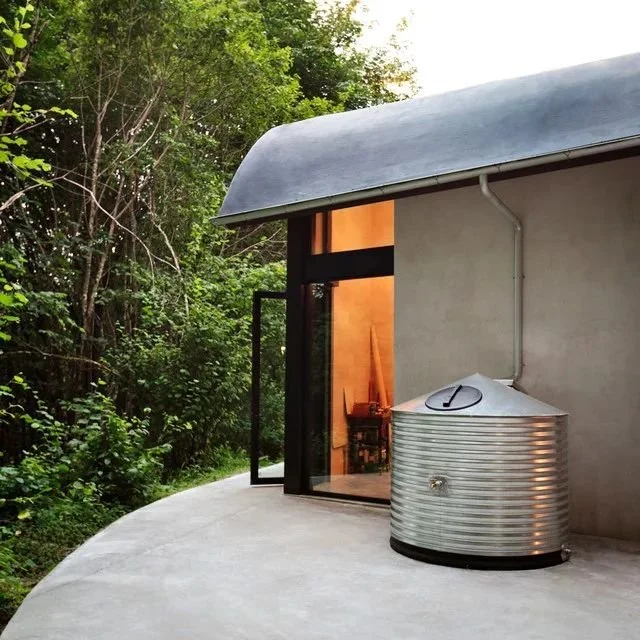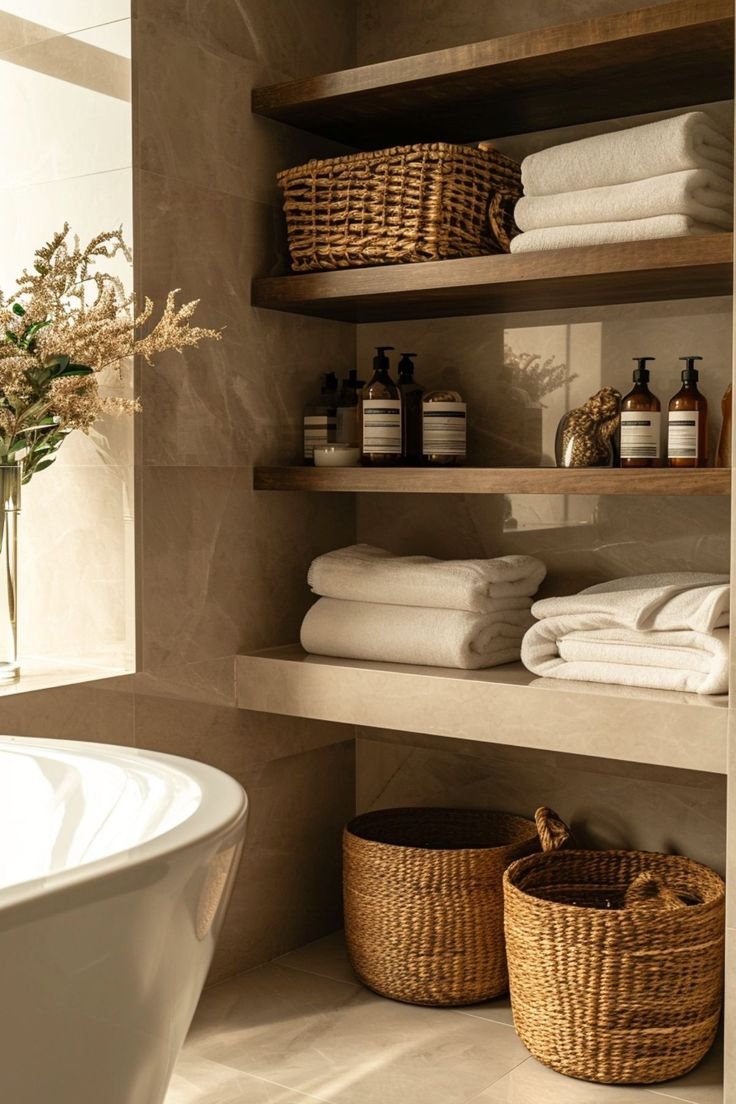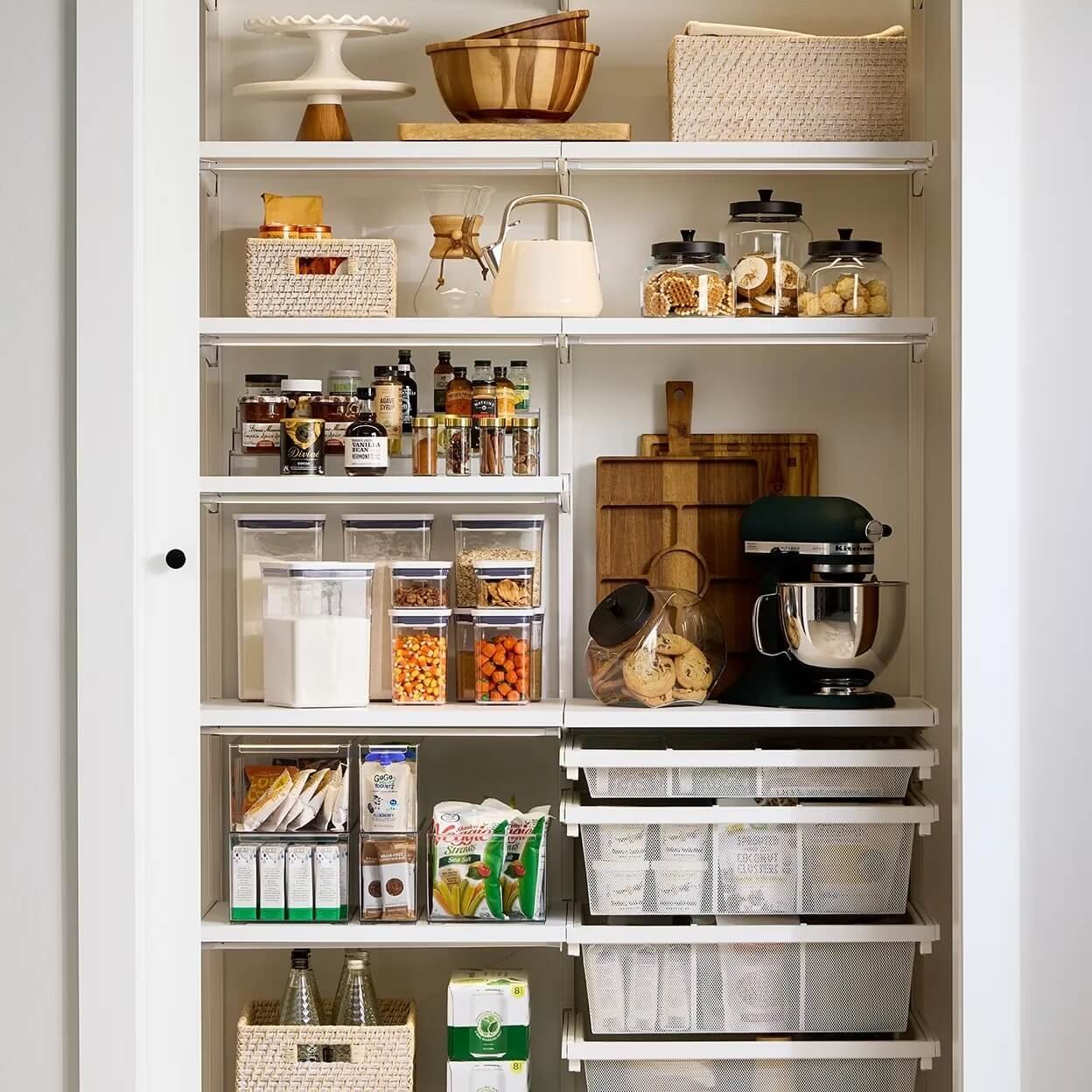Are you dealing with water damage in your home? It's a common challenge that accounts for nearly a quarter of all home insurance claims.
Whether from a flood causing overflow, or a simple leak, water has an uncanny way of finding where it shouldn't be, inevitably resulting in varying degrees of damage. A crucial thing to remember is that your reaction to this issue plays a key role in protecting your home despite the mishap.
In this article, we share effective strategies for approaching the challenges posed by water damage. Prompt and professional water damage treatment can often mean the difference between minor cleanup versus widespread structural ruin.
To avoid any potential damages, consider professional help from https://www.waterdamagespecialist.com.au/. Their team is dedicated to providing swift and effective recovery methods to help maintain the beauty of your home, even after water damage.
No. 1
Identifying Water Damage Signs
Water damage in your home can be a serious issue, often cloaked behind walls or under carpets. Uncovering it early is crucial.
Signs may include mustiness, discolored walls, or an increase in your water bill. If ignored, these issues could lead to significant structural problems.
Persistently Damp Carpets: Soft furnishings and carpets damp for no apparent reason could indicate a hidden leak.
Musty Smell: A stale, musty odor that persists might be a sign of moisture lingering behind your walls.
Changes in Color: Spots or dark patches on your walls often signal moisture seeping through the paint and drywall.
Rising Water Bill: A sudden increase in your water expenses could suggest an unidentified leakage. It's always worth checking once you notice any signs.
Detecting water damage early can significantly simplify the repair process and prevent further complications. Seeking expert assistance ensures an accurate diagnosis and the most effective remediation strategies, helping to protect your property from long-term damage.
No. 2
Immediate Actions to Take
Water damage demands swift action. A prompt response can help preserve your home and belongings, preventing the onset of rot and mold, which can lead to costly, long-term repairs if left unchecked.
Taking immediate steps not only mitigates the damage but also reduces the risk of more severe structural and health-related issues down the line.
Start With Safety
First and foremost, prioritize your safety and the safety of others. Avoid interacting with electrical appliances or exposed wires in waterlogged areas, as this poses a serious risk of electric shock.
Once it's safe to do so, disconnect all electronic devices and carefully clear the surrounding area. To mitigate further damage, promptly remove valuable items from the affected area and relocate them to a dry, secure location.
Initiate Damage Control
If possible, immediately stop the source of the water. For example, if the issue stems from burst pipes or malfunctioning appliances, shut off the main water supply to prevent further flooding.
To minimize additional property damage, promptly remove furniture and other belongings from the affected area. For items that cannot be moved, place aluminum foil or wooden blocks under furniture legs to prevent water from seeping into the wood and causing stains on wet carpets.
Contact Professionals
Reach out to certified water restoration professionals as soon as possible to conduct a thorough assessment and develop a tailored recovery plan.
In the meantime, you can begin the drying process by using fans and dehumidifiers to reduce moisture levels and prevent further damage. Taking these initial steps while waiting for expert assistance can help minimize the risk of mold growth and structural deterioration.
No. 3
Safe Water Removal Techniques
Your home is your sanctuary, but water damage can quickly disrupt this sense of comfort and security. To restore peace of mind, it's essential to act swiftly and safely.
Here are effective water removal techniques to help you manage the situation and protect your home from further harm:
Step 1: Inspection
Expert professionals perform an in-depth analysis using moisture detectors and hygrometers. This provides a snapshot of the extent of water infiltration.
Lowe’s
Transform your home with confidence! From tools to materials, Lowe’s has everything you need to tackle your next project.
Step 2: Water Removal
This is achieved through the usage of powerful pumps and portable extraction units to remove mass quantities of water.
The drying and dehumidification step ensures that leftover moisture is properly dealt with. By utilizing air movers and dehumidifiers, your home returns to a dry state.
Step 3: Cleaning and Sanitizing
With specialized cleaning agents, your home is not just restored to a pre-water intrusion state but sanitized thoroughly.
No. 4
Handling Damaged Materials
Water damage can severely impact the beauty and integrity of your home. It’s essential to tackle the problem promptly and decisively to prevent further deterioration and costly repairs down the line.
Assess the Situation
After experiencing water damage, take a moment to carefully assess the situation. Determine the extent of the damage and create a detailed plan of action.
Ensure that your response is tailored to the specific circumstances for maximum effectiveness. Once your plan is in place, follow it diligently to ensure a smooth and efficient recovery process.
Salvaging Valuables
It's natural to be concerned about your belongings during such a stressful time, but many items can still be salvaged. Start by prioritizing irreplaceable items such as important documents, antiques, and sentimental possessions.
For absorbent materials like paper or wood, time is of the essence. Begin drying them out as quickly as possible to prevent mold growth and further deterioration. Swift action can make a significant difference in preserving these valuable items.
Hiring Professionals
In more severe cases, it’s essential to enlist the help of professionals. Their expertise in water damage restoration ensures that no detail is overlooked, from hidden moisture to potential structural issues.
While hiring professionals may feel overwhelming at first, their intervention can ultimately save you from far greater losses down the road, ensuring a thorough and effective recovery process.
No. 5
Preventing Mold Growth
Water damage in your home can quickly lead to mold growth, which poses significant health risks and can cause extensive property damage. Acting swiftly and strategically is crucial to prevent these issues.
Mold thrives in damp environments, making water-damaged areas the perfect breeding ground. By taking immediate action, you can prevent mold from taking hold and keep your home both healthy and beautiful.
Key Steps to Prevent Mold Growth
Eliminate Moisture: Mold prevention starts with removing excess moisture. Use a dehumidifier to accelerate the drying process in water-affected areas. This simple step can drastically reduce the risk of mold growth.
Maintain Cleanliness: Regular cleaning is essential for detecting early signs of mold and discouraging its growth. Vacuum carpets frequently and wipe down walls, especially in areas prone to moisture.
Ensure Proper Ventilation: Adequate airflow is critical in keeping mold at bay. Make sure your home, particularly damp-prone areas like bathrooms and kitchens, is well-ventilated to reduce humidity levels.
Invest in Mold-Resistant Products: Consider using mold-resistant materials, such as mold-resistant drywall, paints, or sealants. While these products may come at a higher initial cost, they provide long-term protection and peace of mind.
Safeguarding your home from water damage isn't just about protecting the structure—it's also about ensuring the health and well-being of the people living in it. Mold can often go unnoticed in its early stages, but it poses serious health risks, particularly for those with allergies or respiratory issues. Proactive prevention measures will help you maintain a safe, mold-free home for everyone.
No. 6
Effective Home Repair Strategies
Water damage can be a serious threat to the charm and integrity of your home. Swift and strategic repair methods are essential to preserving your beautiful space and preventing long-term issues.
Here are some effective strategies to help you navigate the process:
What’s the First Step to Handle Water Damage?
The first and most critical step is to immediately identify and stop the source of the water intrusion. Whether it’s a burst pipe, a leaking roof, or a faulty appliance, shutting off the water supply or fixing the leak is paramount.
Once the source is controlled, assess the extent of the damage and contact a professional water restoration service for a thorough evaluation and recovery plan.
How Important is Speed in this Process?
Speed is crucial when dealing with water damage. A rapid response can significantly limit further deterioration, prevent mold growth, and restore your home to normalcy faster. The quicker you act, the lower the repair costs will be, as you’ll minimize the risk of extensive structural damage and health hazards.
Should You Try Some DIY Methods?
While some minor repairs, such as drying small areas or cleaning up surface water, can be handled with DIY methods, it’s important to recognize your limits. Improper handling of water damage can exacerbate the problem, leading to more extensive and costly repairs.
For major water damage, always leave it to professional restoration services, as they have the expertise and equipment to handle the situation effectively.
What About Future Prevention Measures?
Prevention is key to avoiding future water damage. Installing early detection devices, such as water sensors, can provide prompt alerts in case of leaks or flooding. Additionally, regular maintenance checks on plumbing, roofing, and appliances can help minimize the risk of recurring water damage.
What if Insurance is Involved?
If you have home insurance, notify your provider as soon as possible. Many insurance companies work directly with restoration professionals to coordinate repair activities, ensuring that the process is handled efficiently and that you receive the coverage you’re entitled to.
What Role Does Dehumidification Play?
Dehumidification is a critical part of the water damage repair process. Removing excess moisture from the air and affected materials helps prevent mold growth and reduces the risk of structural instability. Proper dehumidification ensures that your home dries out thoroughly, preventing future issues related to lingering moisture.
Long-Term Monitoring Tips
Water damage can be a persistent problem if not addressed properly. To maintain the beauty and integrity of your home, regular monitoring and preventive measures are essential.
Here are some tips to help you stay ahead of potential water damage:
Maintain a Moisture-Free Environment: Keep indoor humidity levels low, especially in areas prone to moisture like basements and bathrooms. Investing in a dehumidifier can help maintain optimal humidity levels and prevent mold growth.
Monitor Your Plumbing System: Regularly inspect your plumbing for leaks, clogs, or any signs of wear. Early detection of plumbing issues can prevent them from escalating into major water damage problems.
Beware of Ceiling Stains: Yellowish or brownish stains on your ceiling are often a sign of a hidden water leak. Don’t ignore these warning signs—investigate the source immediately to prevent further damage.
Take Immediate Action: If you notice any signs of water damage, such as damp walls, warped flooring, or musty odors, act quickly. Address the issue right away to prevent it from worsening. When in doubt, contact a professional for an expert assessment.
By adopting these habits, you can make it much easier to maintain your home’s beauty and prevent water damage from becoming a recurring issue.
No. 7
Prevent Future Water Damage
Your home is your sanctuary, and protecting it from water damage is essential for maintaining a comfortable, worry-free living environment.
Here are some proactive steps you can take to safeguard your home against future water damage:
Crucial Inspections
Regular inspections of your plumbing system, roof, and foundation are vital for preventing water damage. It’s always better to be proactive than reactive when it comes to your home’s condition. Catching potential issues early can save you from costly repairs down the road.
Gutter Maintenance: A well-maintained gutter system is crucial for directing water away from your home. Clean your gutters regularly to prevent clogs that can lead to water pooling around your foundation, which could cause leaks or flooding.
The Power of Sealing
Ensure that your home is properly sealed to prevent water intrusion. This includes checking windows, doors, and other areas susceptible to leaks. Sealing these areas properly can prevent unwanted moisture from entering your home and causing damage.
Waterproof Materials: Whenever possible, opt for waterproof materials in your home’s construction and renovation projects. Waterproof paints, sealants, and flooring can provide an additional layer of protection against water damage.
Proactive Landscaping
Did you know that landscaping can help protect your home from water damage? Grading the terrain around your home to slope away from the foundation can prevent water from pooling near the structure.
Plant Deep-Rooted Vegetation: Plants with deep root systems can absorb excess water, reducing the risk of water pooling around your home. This not only enhances the aesthetics of your property but also helps prevent water damage.
Takeaways: Securing Your Haven
Your home’s condition is a reflection of your diligence and care. By promptly detecting water damage, employing effective removal techniques, managing damaged materials, preventing mold growth, and initiating efficient repairs, you can protect your home from long-term harm.
Additionally, long-term monitoring and preventive measures will help you maintain a safe and beautiful living environment.
Remember, water damage doesn’t have to spell disaster. With the right strategies and proactive habits, you can safeguard your home and ensure it remains a comfortable, worry-free sanctuary for years to come.
If needed, don’t hesitate to seek expert help for services like carpet drying or mold remediation. Taking these steps will ensure that your home stays in top condition, no matter what challenges arise.
Looking Home Resources?
Looking to enhance your living space and create a sanctuary that supports your well-being? Explore our home partners who offer a wide range of resources to elevate your home environment. From innovative cleaning products to interior and exterior additions to create a mindful living space, our partners are here to support you on your journey towards a harmonious and nurturing home.



